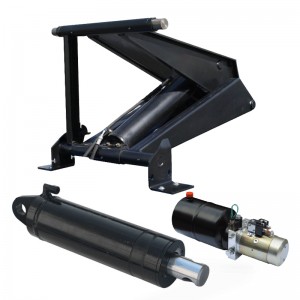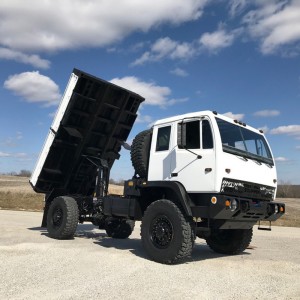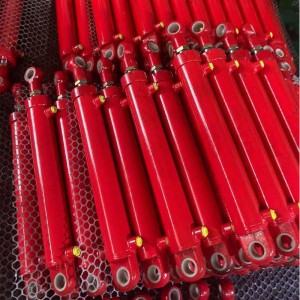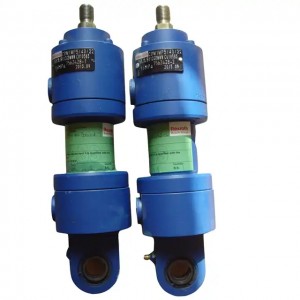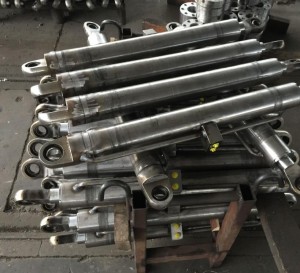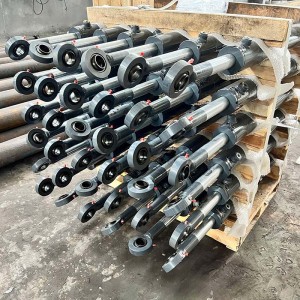- Hydraulic Pump: The system starts with a hydraulic pump, usually powered by the truck’s engine. This pump pressurizes hydraulic fluid (typically oil), generating the energy needed to lift the bed.
- Hydraulic Cylinder: The pressurized hydraulic fluid is directed to a hydraulic cylinder, usually positioned between the truck chassis and the bed. It consists of a piston inside a cylinder barrel. When hydraulic fluid is pumped into one side of the cylinder, the piston extends, lifting the bed.
- Lift Arm Mechanism: The hydraulic cylinder is connected to the bed through a lift arm mechanism, which converts the linear motion of the cylinder into the rotational motion required to raise and lower the bed.
- Control System: Truck operators control the hydraulic hoist system using a control panel or lever inside the truck’s cabin. By activating the controls, the operator directs the hydraulic pump to pressurize the fluid, extending the hydraulic cylinder and lifting the bed.
- Safety Mechanisms: Many dump truck hydraulic hoist systems are equipped with safety features, such as locking mechanisms, to prevent unintended bed movement during transportation or while the truck is parked.
- Gravity Return: To lower the bed, the hydraulic pump is usually stopped, allowing the hydraulic fluid to flow back into the reservoir through a gravity return process. Some systems may also incorporate a valve to control the rate of hydraulic fluid return, enabling precise bed lowering.
Write your message here and send it to us




